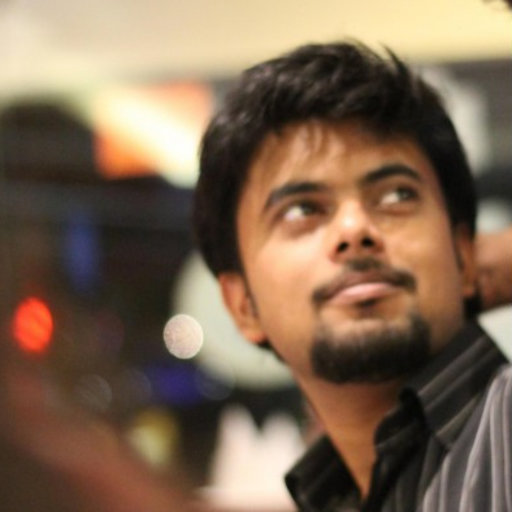 Jithin B.P.
Jithin B.P.

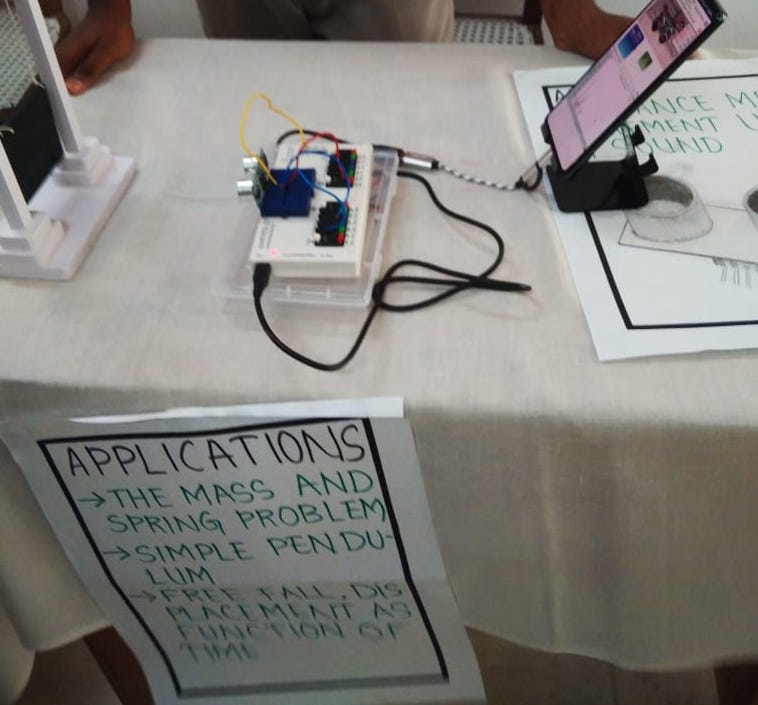
 Jithin B.P.
Jithin B.P.
The University of Calicut recently played host to a captivating display of scientific exploration, where students harnessed the capabilities of the Expeyes17 technology to unveil the wonders of physics and electronics. From recording the oscillations of a pendulum using SR04 echo module, VL53 LIDAR, a simple motor acting as a generator, and even a simple light barrier, to showcasing the stroboscopic effect, LCR resonance, and the cooling curve of water — this blog post takes you on a thrilling journey through the diverse range of experiments that unfolded within the university’s walls.
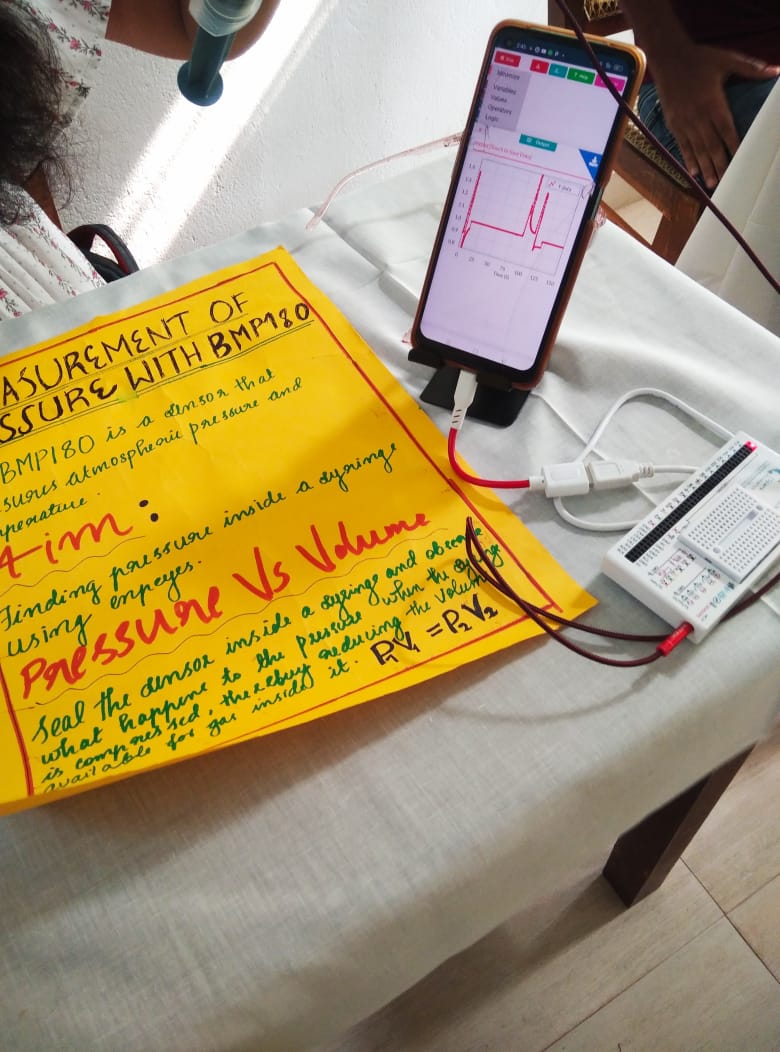
Students showcased their creativity by employing various tools such as the SR04 echo module, VL53 LIDAR, and a simple motor as a generator to record and analyze the oscillations of a pendulum. This hands-on approach not only deepened their understanding of pendulum dynamics but also demonstrated the versatility of Expeyes17 in capturing and interpreting complex physical phenomena.


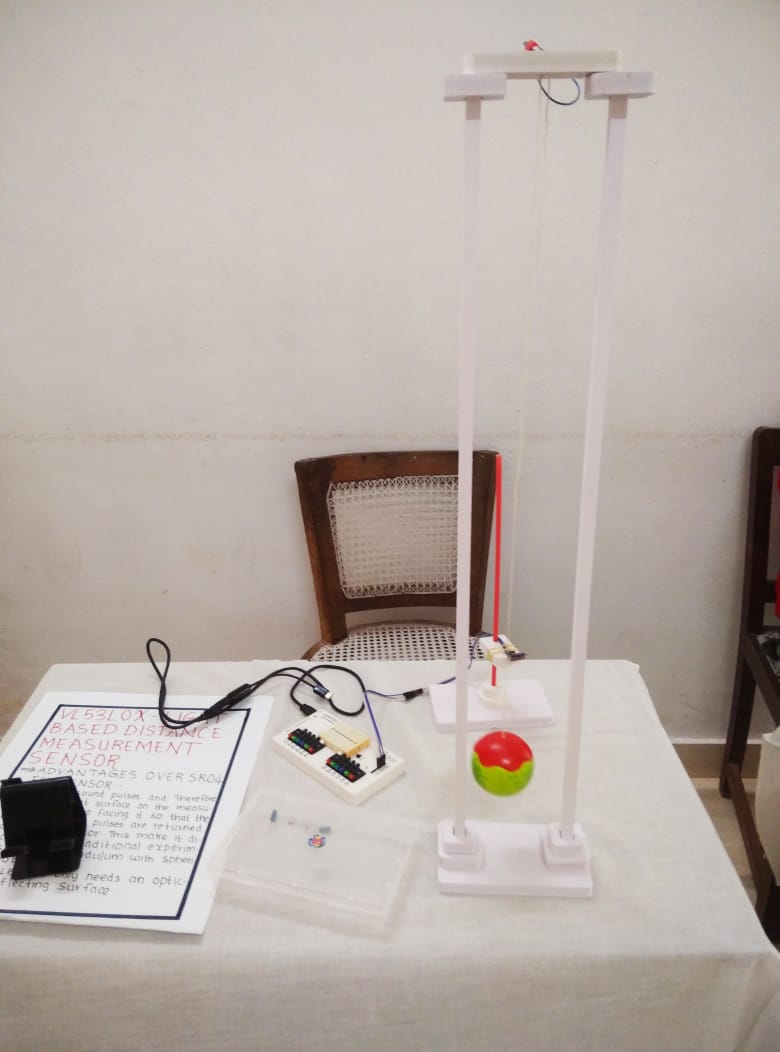
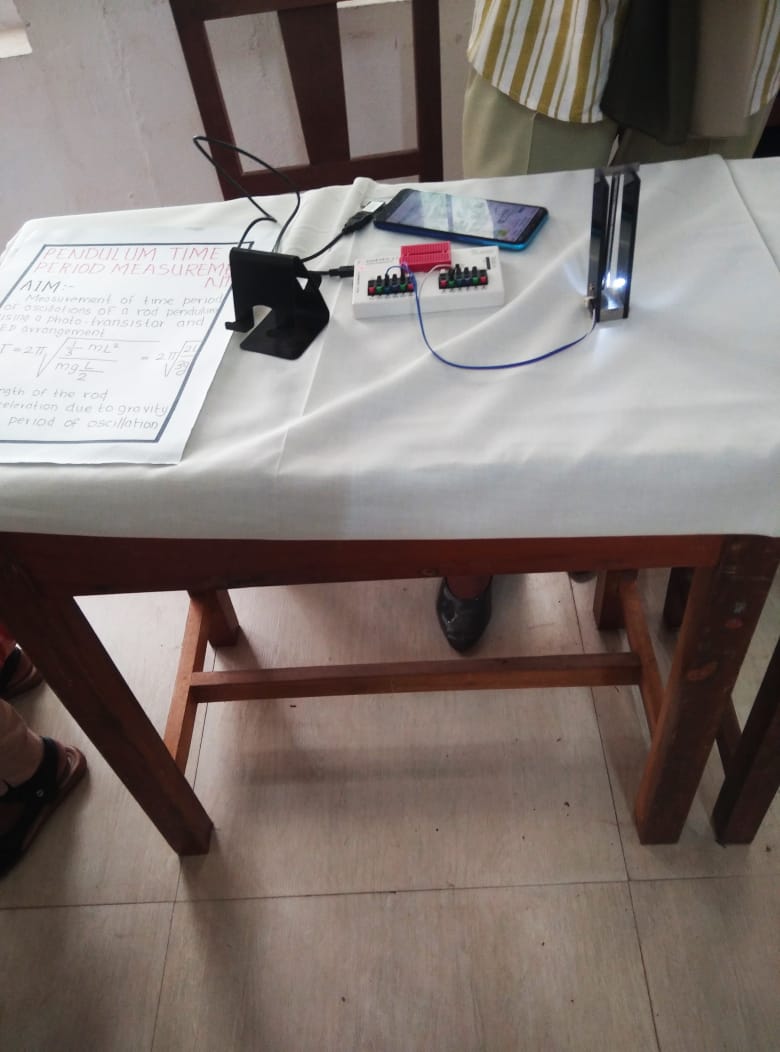
In yet another cool demonstration, students delved into the fundamental force of gravity. Leveraging Expeyes17, they measured the time of flight of a falling object, employing this data to calculate the acceleration due to gravity. This experiment involves a metal object connected to a solenoid controlled by ExpEYES. A small contact switch is used to determine when this object hits the ground after being dropped programatically. A precise timer contained within expeyes records the time of flight to sub millisecond accuracy.

The students explored the stroboscopic effect, a fascinating phenomenon where fast-moving objects appear frozen when illuminated by a series of short flashes of light. Through a light source connected to SQ1 square wave generator of Expeyes17, they demonstrated how this effect can be harnessed to visually analyze rapid motion, providing valuable insights into the world of optics and motion perception.
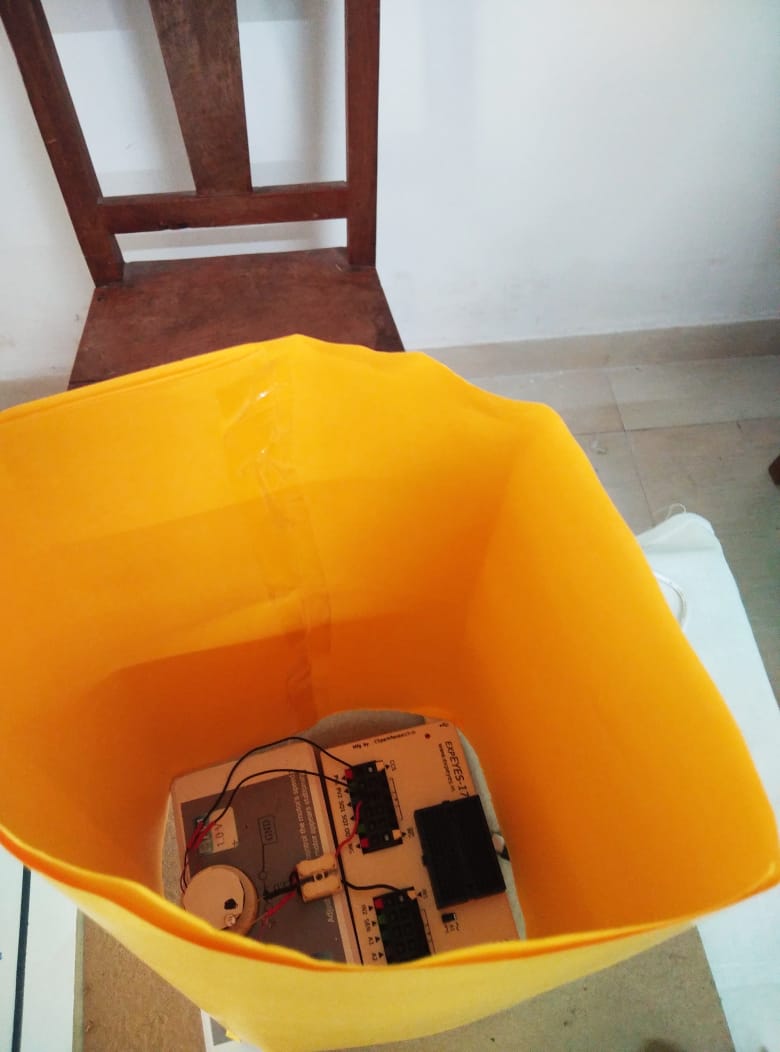
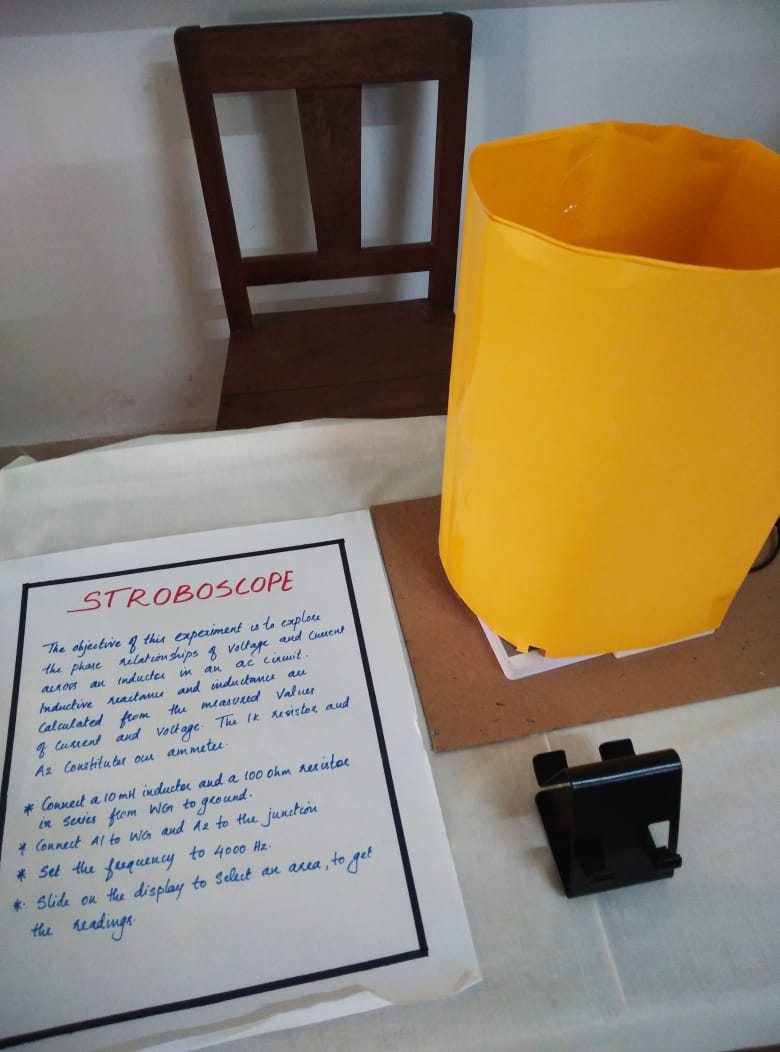
Another intriguing demonstration centered around LCR resonance, where students utilized Expeyes17 to investigate the resonant behavior of electrical circuits. By manipulating the inductance, capacitance, and resistance parameters, they uncovered the intricate interplay of these elements and observed resonance phenomena.
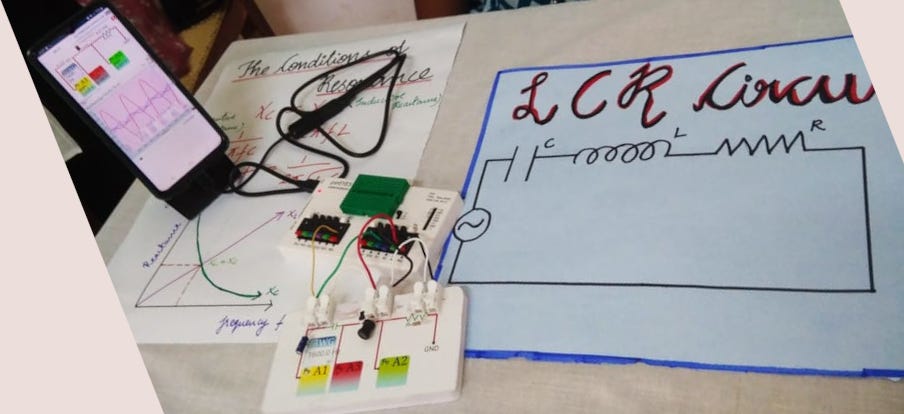
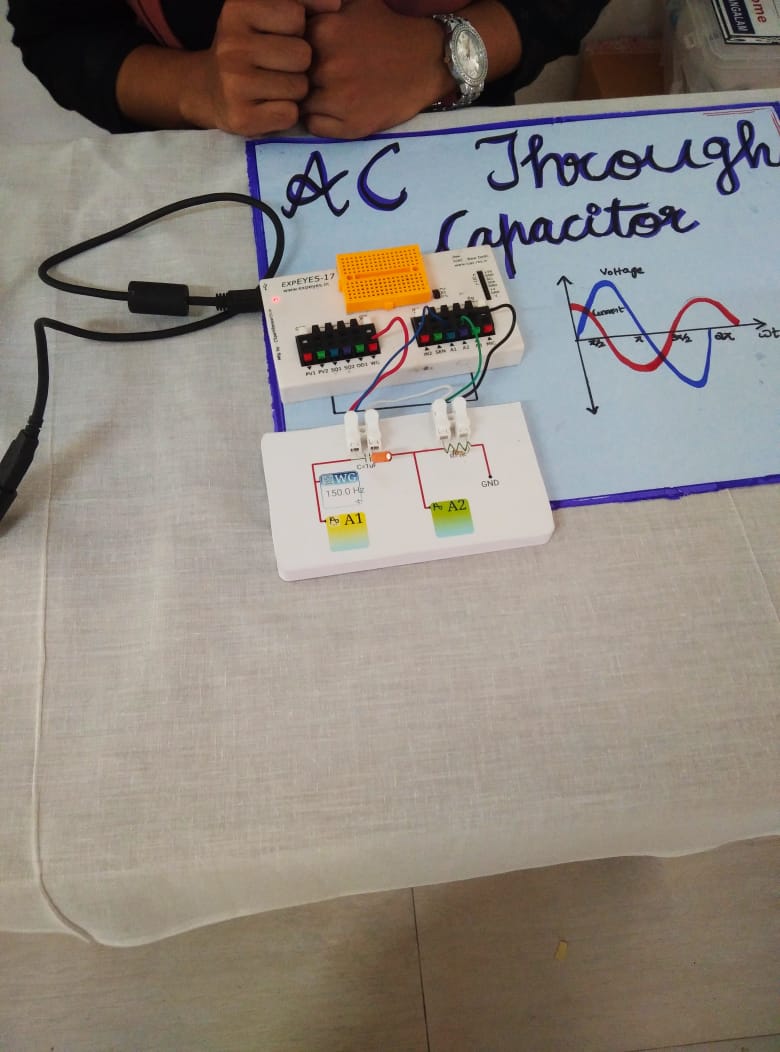

The exploration of electrical principles continued, as students ingeniously crafted an AC generator demonstration using Expeyes17. With a straightforward setup involving a simple solenoid connected to the oscilloscope input of Expeyes, a motorized rotating magnet was introduced to create a dynamic and changing magnetic field. This captivating experiment not only illustrated the fundamental concepts of electromagnetic induction but also showcased the versatility of Expeyes17 in visualizing and understanding the intricacies of AC generation. The students’ ability to bridge theory with practical application underscored the transformative power of hands-on experimentation in the realm of physics and electronics.
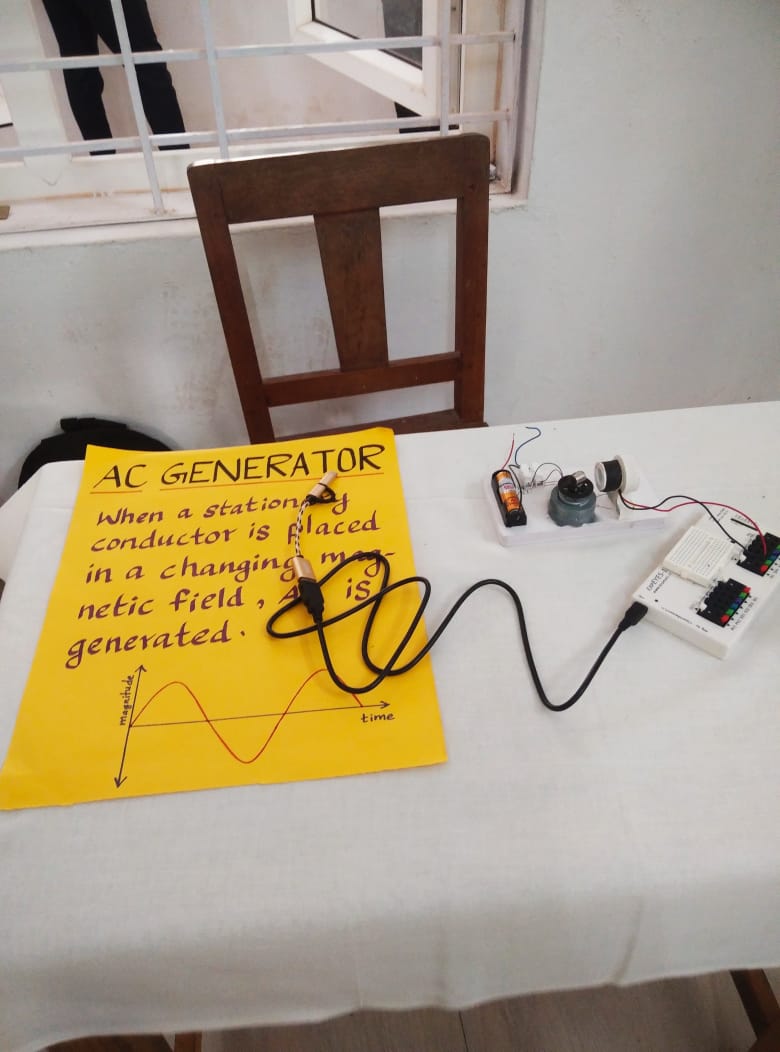
The cooling curve of water was explored to showcase the thermal properties of this essential substance. By employing Expeyes17 to monitor temperature changes over time, students visualized and analyzed the cooling process of water, providing a practical understanding of thermodynamics and heat transfer principles.
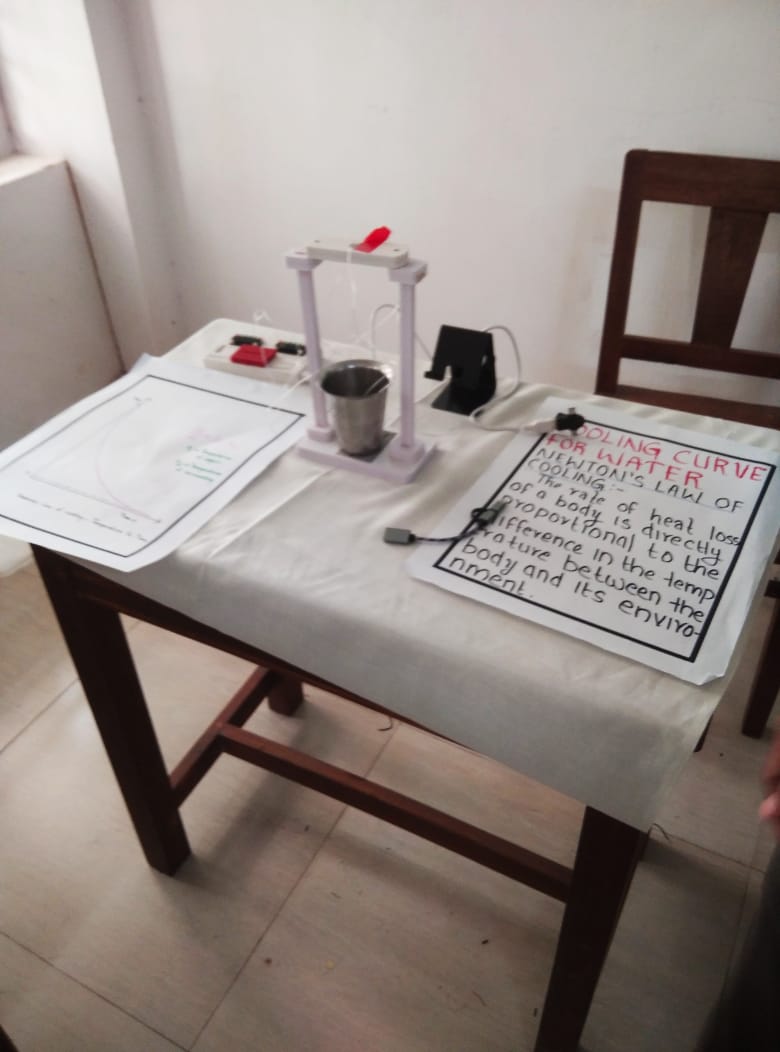
The University of Calicut’s science demonstrations using Expeyes17 showcased not only the students’ ingenuity but also the immense potential of this technology in making science come alive. These experiments exemplify the importance of hands-on learning experiences in fostering a deep appreciation for the sciences. As we celebrate these achievements, we look forward to witnessing more groundbreaking discoveries and innovations fueled by the curiosity and dedication of the next generation of young scientists here .